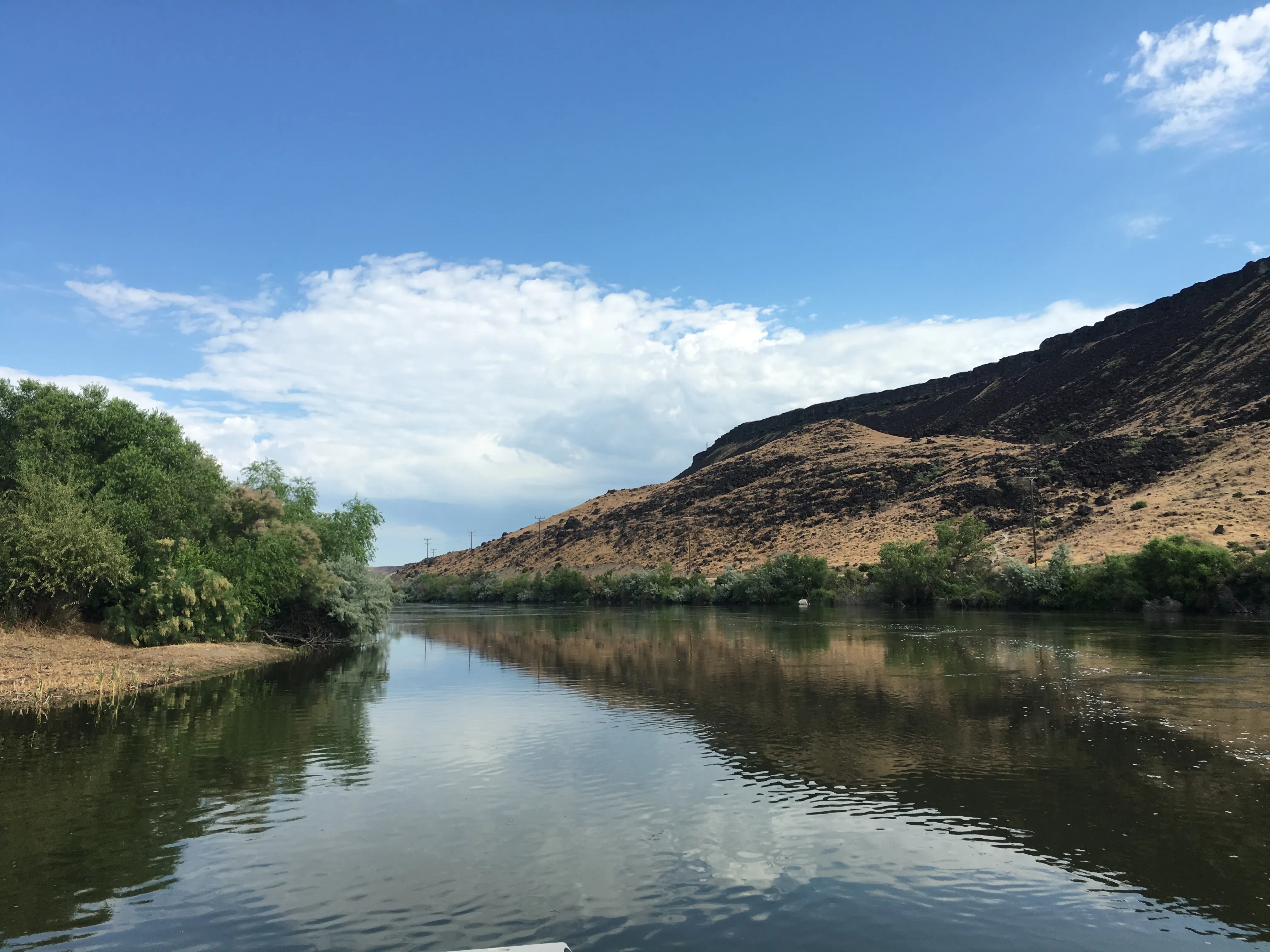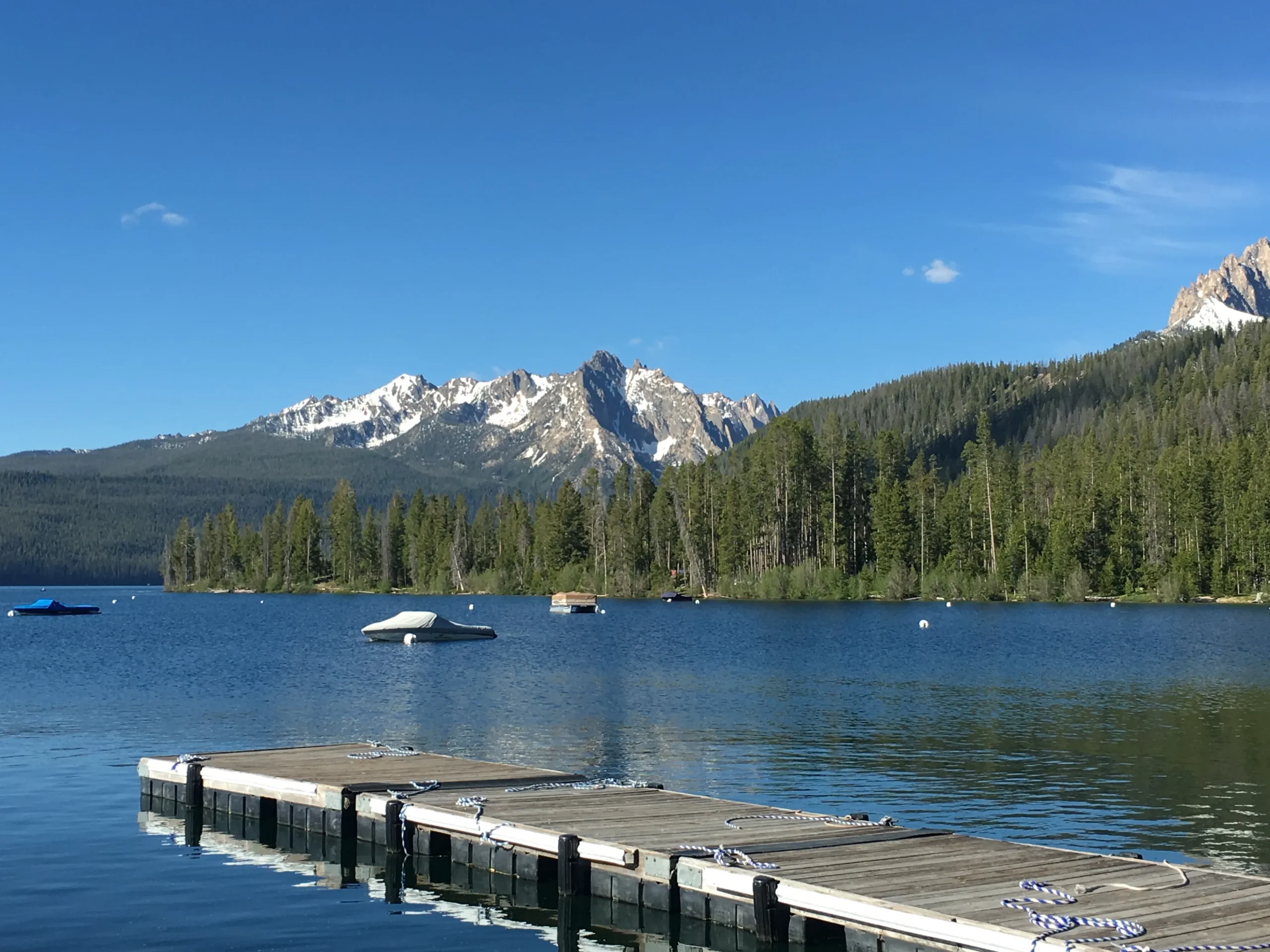Winter in Idaho is more than just a snowy wonderland for mountain sports; it’s also the perfect time to witness one of North America’s most majestic natural spectacles – the bald eagle. This iconic American bird seeks refuge in Idaho during the winter months to escape harsher climates and to find food, offering a unique opportunity for nature enthusiasts and photographers alike. Join us as we explore the experience of winter bald eagle photography in Idaho, a distinctive travel adventure blending wilderness beauty, natural grandeur, and artistic passion.
Idaho: A Winter Haven for Bald Eagles
Idaho, with its icy rivers, vast snow-covered pine forests, and diverse ecosystem, becomes an ideal wintering ground for bald eagles. From December to March, hundreds of bald eagles flock here from various regions, concentrating along rivers and ice-free lakes where they can easily find food. The presence of these majestic birds of prey transforms Idaho into a “bald eagle paradise” in winter, attracting tourists and photographers from around the globe.
Unlike the typical image of bald eagles along coastlines, Idaho’s wintering bald eagles possess a different kind of beauty. They stand out against the pristine white snow, creating striking contrasts. You might capture images of dignified eagles perched on stark branches, soaring across clear blue skies, or diving into icy rivers to catch fish. Each moment is a unique work of art gifted by nature.
Ideal Bald Eagle Photography Locations in Idaho
Idaho boasts numerous fantastic locations for observing and photographing bald eagles in winter. Here are some notable suggestions:
Coeur d’Alene National Wildlife Refuge
Located in northern Idaho, the Coeur d’Alene National Wildlife Refuge is a premier destination for witnessing bald eagles. During winter, hundreds of bald eagles congregate here, especially around Lake Coeur d’Alene and the Spokane River. You can easily observe them from viewpoints along the lake, or join lake cruises for a closer perspective. The refuge also offers hiking trails and overlooks, facilitating wildlife photography and nature exploration.

A scenic view of Redfish Lake in Idaho, another popular tourist destination in the state.
Snake River
The Snake River, the third-longest river in the United States, flows through diverse landscapes of Idaho and serves as a vital corridor for migrating bald eagles. Many stretches of the Snake River, particularly near the C.J. Strike Reservoir and the Hells Canyon area, become hotspots for bald eagles in winter. You can find observation points along the riverbanks or rent kayaks to paddle along the river and get closer to the eagles’ habitat.

Snake River in Idaho, a prime location for bald eagle viewing during winter.
Boise Area
Even the Boise area, Idaho’s capital city, offers opportunities for bald eagle photography. The Boise River Greenbelt riverside parks and the nearby Deer Flat National Wildlife Refuge are places where you can spot bald eagles soaring or perched in trees. Photographing bald eagles within an urban area provides a unique experience, blending wilderness with city convenience.
Golden Time for Photography
The best time for bald eagle photography in Idaho is during winter, from mid-December to late February. During this period, the number of bald eagles concentrated in Idaho peaks.
Time of Day: Early morning and late afternoon are the most active times for bald eagles. This is when they are most actively hunting and flying. The soft light of dawn and dusk also creates beautiful lighting effects for your photos.
Weather Conditions: Freezing temperatures and snowfall can create dramatic scenes, but also require careful preparation in terms of clothing and equipment. Sunny days after a snowstorm are often ideal for photography, with clear blue skies and white snow reflecting light, highlighting the beauty of the bald eagles.
Preparing for Your Bald Eagle Photography Trip
To have a successful and safe bald eagle photography trip, thorough preparation is essential:
Photography Equipment:
- Camera: A DSLR or mirrorless camera with fast shooting capabilities and good image quality is optimal.
- Lens: A telephoto lens with a focal length of 400mm or longer is necessary for capturing eagles from a distance. Lenses with a large aperture (f/2.8 or f/4) will help you shoot in low light conditions and create beautiful background blur.
- Tripod: A sturdy tripod is indispensable for keeping your camera stable when using heavy telephoto lenses.
- Memory Cards and Spare Batteries: Ensure you have enough memory cards and spare batteries so you don’t miss any valuable moments.
Clothing:
- Warm Layers: Idaho winters are very cold, so dress in multiple warm layers, including thermal wear, a thick jacket, and windproof and waterproof pants.
- Gloves, Hat, Scarf: Protect your hands, head, and neck from the cold with warm gloves, a hat, and a scarf.
- Waterproof Boots: Choose waterproof boots with good traction for easy movement on snow and ice.
Other Essentials:
- Binoculars: Binoculars help you observe bald eagles from afar and locate them before taking photos.
- Water and Snacks: Bring enough water and snacks to stay energized throughout your trip.
- Map and GPS: If you’re venturing into wilderness areas, carry a map and GPS for navigation and safety.
- Sunscreen and Sunglasses: Even in winter, sunlight reflected off the snow can be harmful to your skin and eyes.
Bald Eagle Photography Techniques
Bald eagle photography requires patience, skill, and a bit of luck. Here are some useful techniques and tips:
Learn About Bald Eagle Behavior: Observing and understanding bald eagle habits, feeding patterns, and preferred habitats will help you predict their location and time of appearance.
Choose Your Angles: Seek out unique and creative shooting angles, not just focusing on close-ups of eagles but also incorporating the surrounding natural scenery to create photos with depth and story.
Capture Action Shots: Bald eagles are powerful birds of prey; try to capture moments of them soaring, hunting, or interacting with each other. Continuous shooting mode and fast shutter speeds will help you freeze these moments.
Be Patient and Wait: Wildlife photography demands high levels of patience. Spend time observing, waiting, and don’t be discouraged if you don’t get the perfect shot right away.
Respect Nature and Wildlife: Always maintain a safe distance from bald eagles and avoid disturbing or endangering them. Adhere to refuge regulations and maintain environmental cleanliness.
Conclusion
Experiencing winter bald eagle photography in Idaho is more than just a typical tourist trip; it’s a journey to explore the raw beauty of nature, challenge your photography skills, and connect with the wild animal world. Witnessing America’s iconic bird soaring across the icy Idaho skies firsthand will surely create unforgettable memories and endless inspiration for anyone who loves nature and photography. Come to Idaho in winter and experience the magic of this “bald eagle paradise” for yourself.
